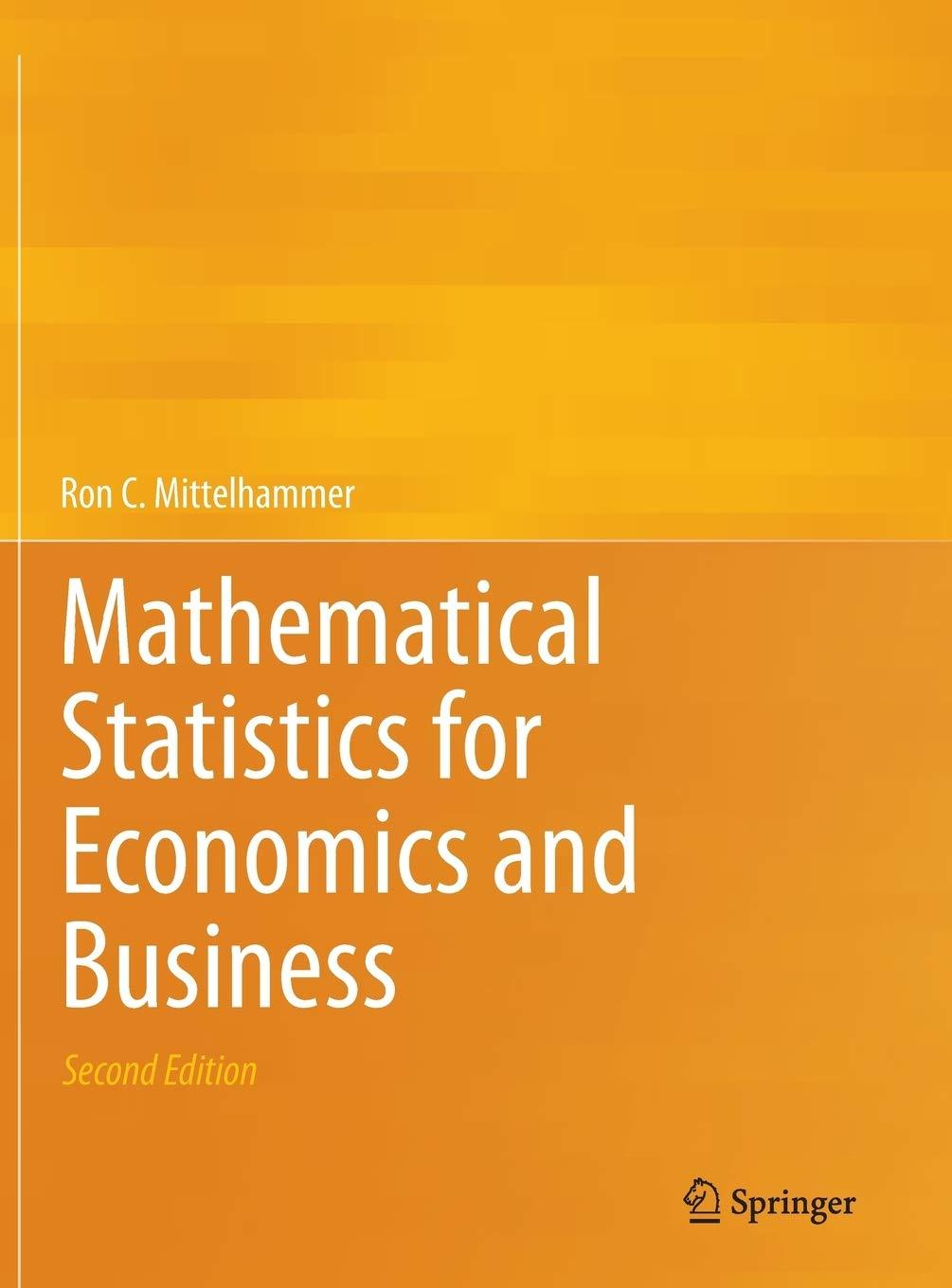4. The shipping and receiving department of a large toy manufacturer is contemplating two strategies for sampling
Question:
4. The shipping and receiving department of a large toy manufacturer is contemplating two strategies for sampling incoming parts deliveries and estimating the proportion, p, of defective parts in a shipment. The two strategies are differentiated on the basis of whether random sampling will be with or without replacement. In each case, a sample mean will be calculated and used as an estimate of the proportion of defective parts in the shipment. The department wants to use the strategy that will generate estimates that are smallest in expected squared distance from p.
(a) Compare the means and variances of the sample mean under both sampling strategies. Which strategy should be used?
(b) Describe conditions under which there will be little difference between the two methods in terms of expected squared distance from the true proportion of defectives.
(c) Do the sample means converge in probability to p in each case? Do they converge in mean square?
Explain.
(d) If a shipment contains 250 parts of which 10 percent are defective, and if a random sample of 50 will be taken from the shipment, calculate the percentage reduction in expected squared distance that can be obtained by using the better strategy.
Step by Step Answer:

Mathematical Statistics For Economics And Business
ISBN: 9781461450214
2nd Edition
Authors: Ron C. Mittelhammer






